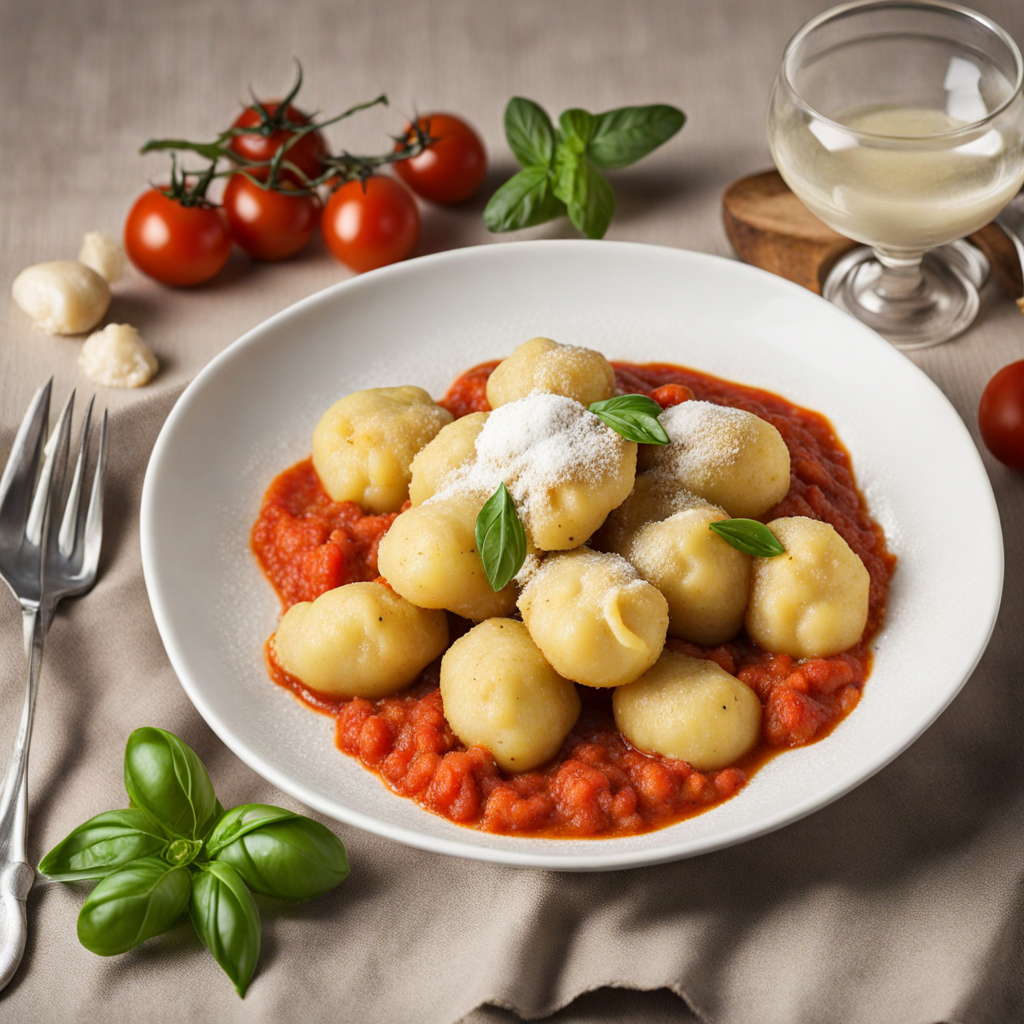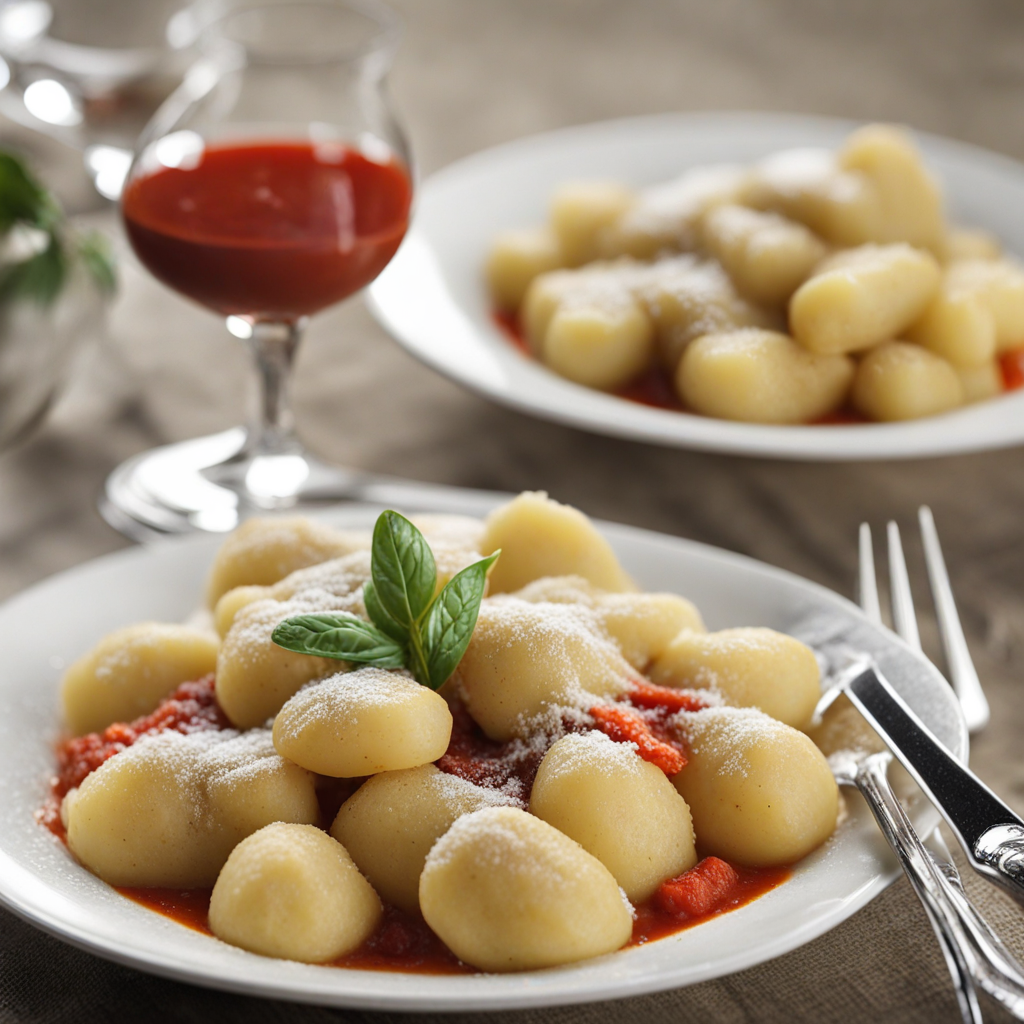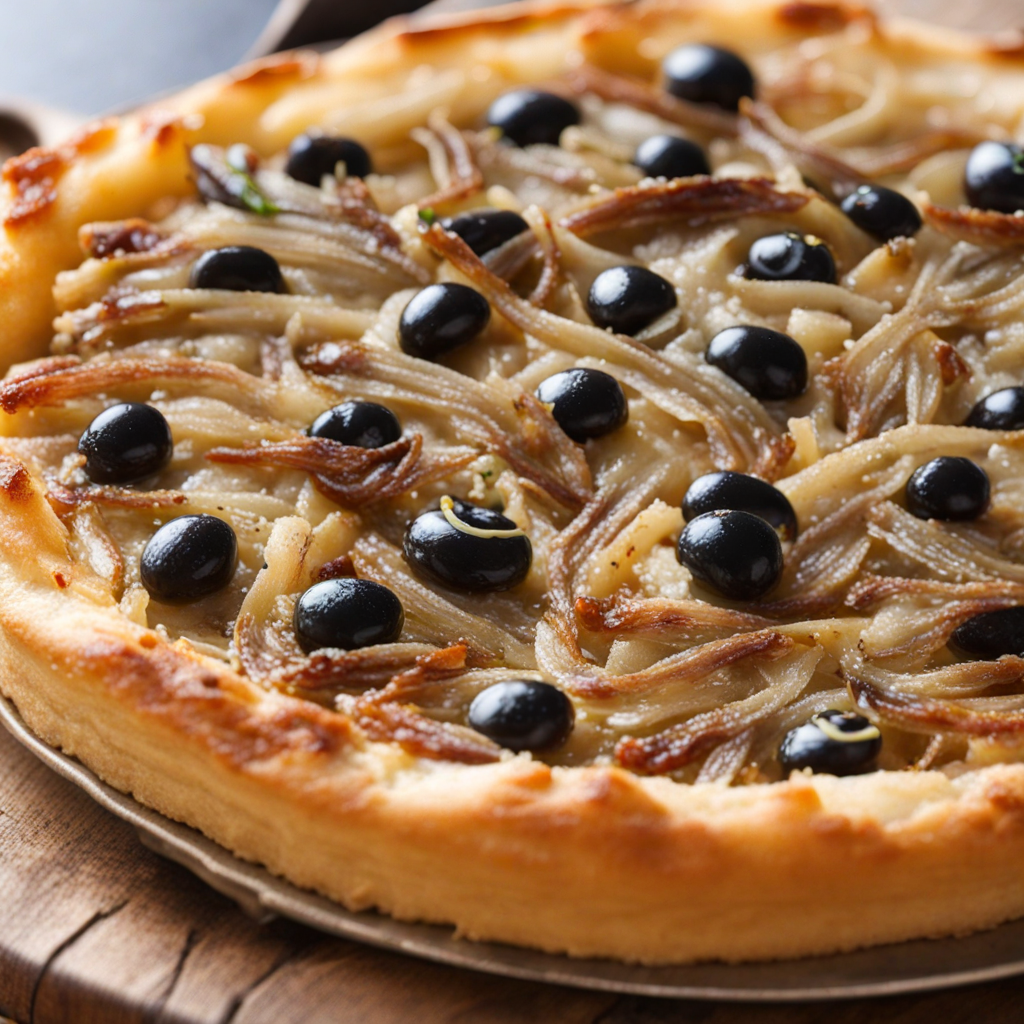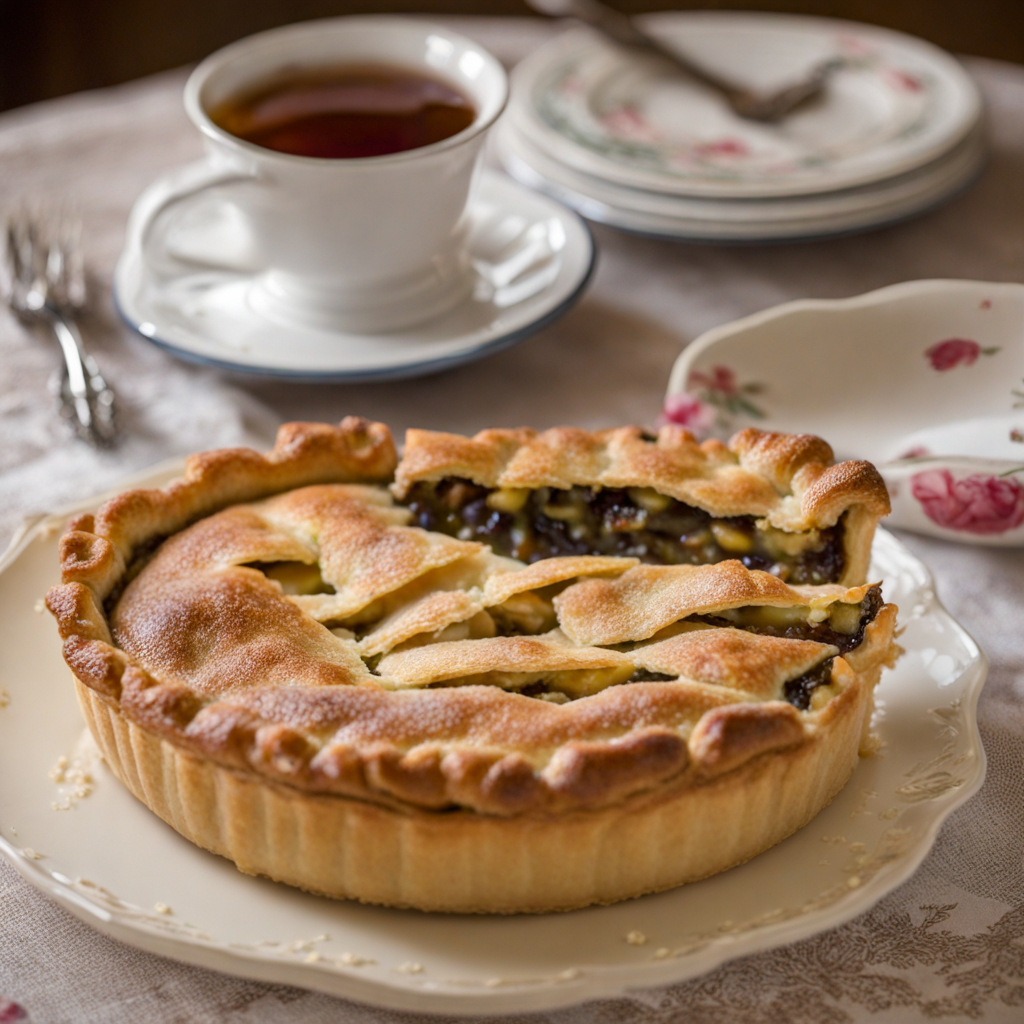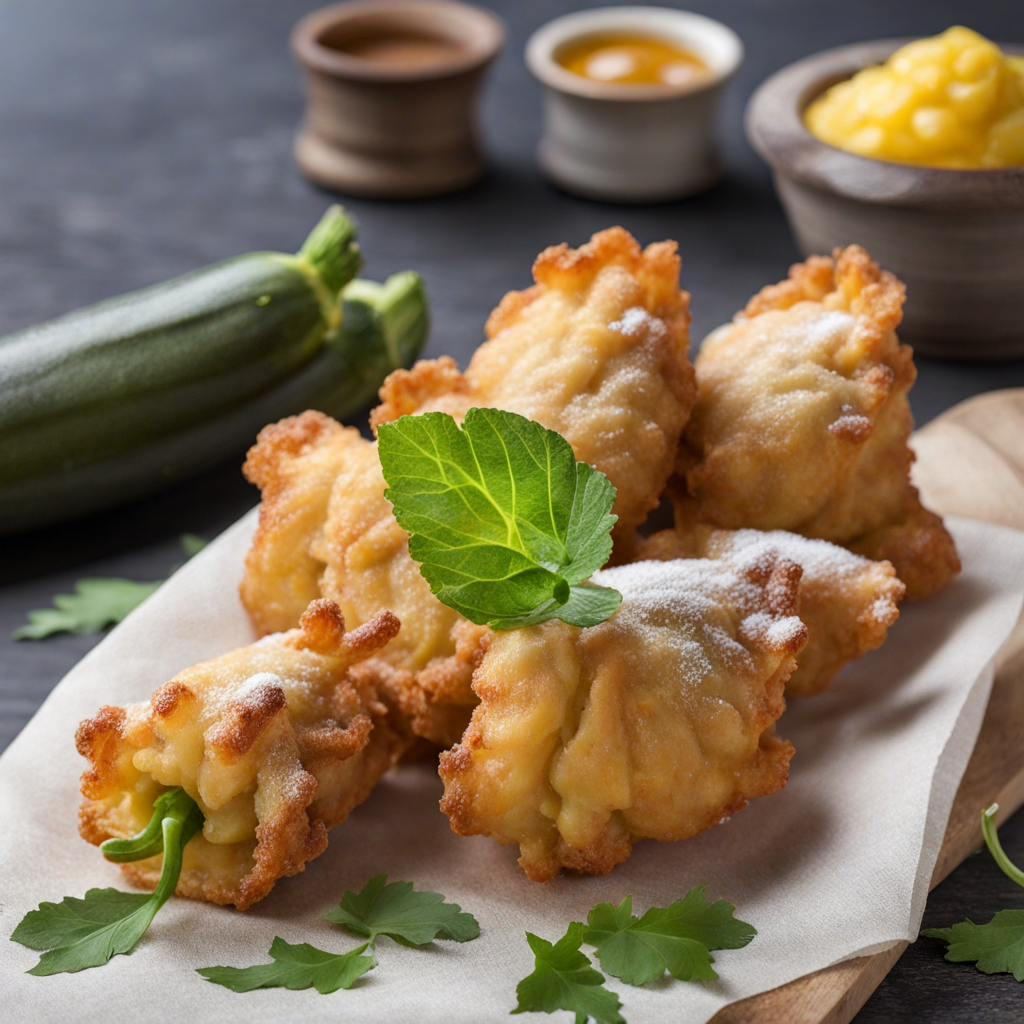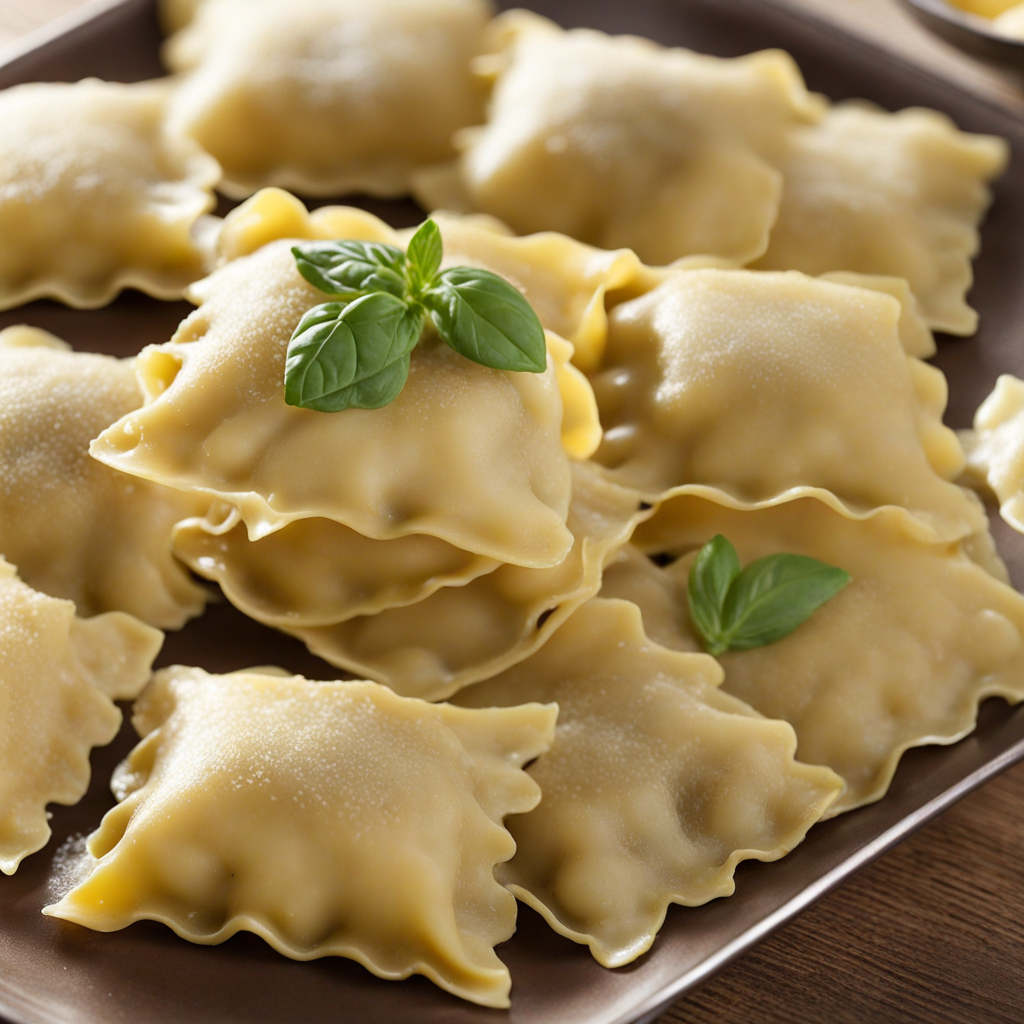Gnocchi
Gnocchi, while often associated with Italian cuisine, has made its mark in the culinary landscape of Monaco, reflecting the principality's rich cultural tapestry and its proximity to Italy. The history of gnocchi dates back to the Roman Empire, where similar dumplings were made from a mix of flour and water. As time evolved, various regions adapted this simple dish, incorporating local ingredients and techniques. In Monaco, gnocchi is embraced not only as a beloved comfort food but also as a staple found in many local restaurants, showcasing the influence of Italian cooking in the region. The flavor profile of gnocchi is both comforting and versatile. Traditionally, gnocchi are pillowy dumplings that offer a subtle taste of potato, particularly when made with starchy varieties. This base is often complemented by a range of sauces, from rich tomato sauces to decadent cream-based options. In Monaco, the use of fresh herbs, garlic, and local seafood can elevate the dish, reflecting the Mediterranean influence and the principality's coastal location. The gnocchi’s texture is an essential aspect, as they should be tender yet firm enough to hold their shape when tossed in sauce, creating a delightful contrast to the accompanying flavors. Preparation of gnocchi is an art form that requires skill and precision. The classic method begins with the cooking of potatoes, which are then mashed to create a smooth, lump-free consistency. This mashed potato is combined with flour, eggs, and a pinch of salt, forming a
How It Became This Dish
## The Enigmatic Journey of Gnocchi: A Culinary Delight from Monaco Origins of Gnocchi Gnocchi, a delightful pasta dish that has captivated taste buds across the globe, finds its roots steeped in a rich tapestry of culinary traditions. While the origin of gnocchi is often traced back to Italy, particularly the northern regions, its journey also weaves through the Mediterranean, including the principality of Monaco. The word "gnocchi" itself is derived from the Italian word "nocca," meaning "knuckle," which is reflective of the small, dumpling-like shape of the dish. Gnocchi's history can be traced back to the Roman Empire, where similar dumplings made from flour and water were consumed. As the centuries progressed, the recipe evolved significantly, incorporating various ingredients such as potatoes, semolina, and eggs, which contributed to the distinct textures and flavors we associate with gnocchi today. Cultural Significance in Monaco In Monaco, a country known for its opulence and Mediterranean charm, food plays a central role in the local culture. The principality's culinary landscape is heavily influenced by Italian cuisine, given its geographical proximity. Gnocchi embodies this blending of cultures, providing a bridge between Italian gastronomy and Monegasque traditions. Traditionally, gnocchi is enjoyed during family gatherings and festive occasions in Monaco. It reflects the warmth of communal dining, where families come together to savor hearty meals. The dish is often served with rich sauces, such as a basil pesto or a simple tomato sauce, allowing the soft dumplings to absorb the flavors while providing a comforting and satisfying experience. In Monaco, gnocchi is not just a dish; it represents a celebration of life, love, and community. The act of making gnocchi often involves multiple generations, with grandmothers passing down their cherished recipes to younger family members. This practice strengthens familial bonds and keeps culinary traditions alive amidst the rapid modernization of the principality. The Development of Gnocchi Over Time As culinary practices evolved, so too did the recipes for gnocchi. The introduction of the potato in the late 16th century, brought to Europe from the Americas, revolutionized the way gnocchi was made. The potato gnocchi that many are familiar with today emerged as a staple in kitchens across Italy and Monaco. The potato's creamy texture and ability to bind flour made it an ideal ingredient for this dish. In Monaco, chefs began to experiment with various flavors and ingredients, incorporating local produce and seafood to create unique interpretations. For example, gnocchi can be found served with fresh fish caught from the Mediterranean, or infused with herbs and vegetables sourced from local markets, showcasing the region’s bounty. Gnocchi also began to appear on the menus of upscale restaurants in Monaco, where chefs refined traditional recipes and presented them with a modern twist. This culinary evolution reflects the principality's larger gastronomic narrative, where haute cuisine marries rustic traditions. As a result, gnocchi has transformed from a humble family dish to a gourmet offering, enjoyed by both locals and tourists alike. Gnocchi in Monaco Today Today, gnocchi remains a cherished dish in Monaco, often featured in both casual trattorias and high-end dining establishments. The variations are endless, with chefs incorporating seasonal ingredients, innovative techniques, and artistic presentations. For instance, some restaurants serve gnocchi with truffle cream sauce, while others may pair it with seasonal vegetables or luxurious seafood, such as lobster or scallops. Monegasque chefs take pride in sourcing local ingredients from the surrounding regions, emphasizing freshness and quality. This commitment to local produce not only enhances the flavors of the dish but also supports the local economy and promotes sustainability. Additionally, the use of organic, locally-sourced ingredients aligns with the growing trend of conscious dining, which resonates with both locals and visitors who value ethical food practices. Moreover, gnocchi holds a place of honor during the annual Fête de la Gastronomie, a celebration of French culinary art that highlights the region's gastronomic heritage. During this event, chefs and food enthusiasts come together to pay homage to traditional dishes like gnocchi, showcasing their creativity while honoring the past. The Future of Gnocchi in Monaco As we look to the future, gnocchi continues to adapt and evolve within the culinary landscape of Monaco. The rise of global influences, dietary preferences, and health consciousness are shaping the way gnocchi is prepared and served. For instance, gluten-free alternatives made from rice flour or vegetable-based gnocchi are becoming more prevalent, catering to diverse dietary needs while still honoring traditional flavors. Fusion cuisine is also making waves, with chefs experimenting by incorporating international spices and flavors into gnocchi dishes, thus creating exciting new profiles. This exploration of culinary boundaries reflects the dynamism of Monaco’s gastronomy and its openness to innovation while respecting its roots. Conclusion In conclusion, gnocchi is more than just a delicious dish; it is a symbol of cultural heritage and community spirit in Monaco. From its ancient origins to its modern interpretations, gnocchi has adapted to the changing tides of culinary trends while remaining a beloved staple in Monegasque kitchens. As families continue to gather around the table to share this comforting dish, gnocchi will undoubtedly retain its significance as a culinary treasure in Monaco, bridging the past with the present and future. The journey of gnocchi is a testament to the power of food to bring people together, creating lasting memories and a shared love for the art of cooking.
You may like
Discover local flavors from Monaco


